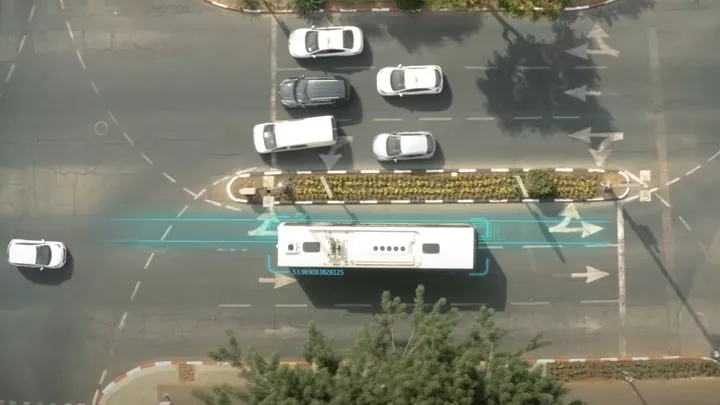
Electric cars, which are becoming more and more popular, like other products that run on electricity, cannot avoid the problem of 'charging'. In this respect, electric cars are somewhat similar to mobile phones, which usually run on batteries, although there are also electric buses that are not bothered by power, but need to be wired to the grid above to keep them running.
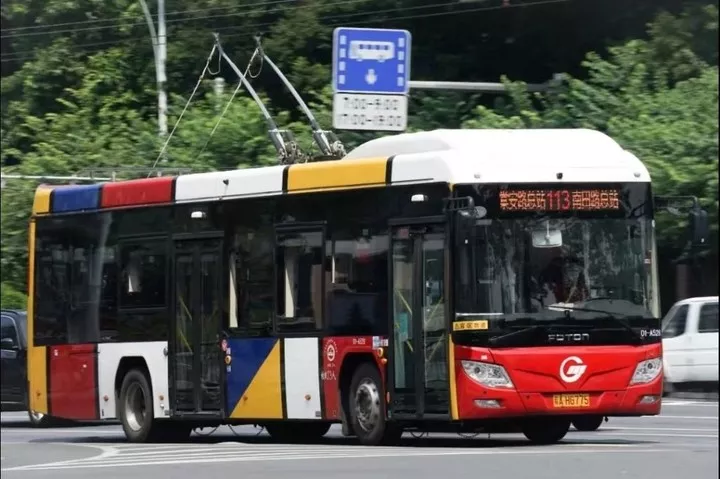
▲ Image from: Little Red Book
When the battery is about to run out, both mobile phones and electric cars usually need to be connected to a cable to charge. However, many mobile phones can now be charged wirelessly, making them easier to access while charging, but electric cars still have to be 'trapped' in front of a charging post.
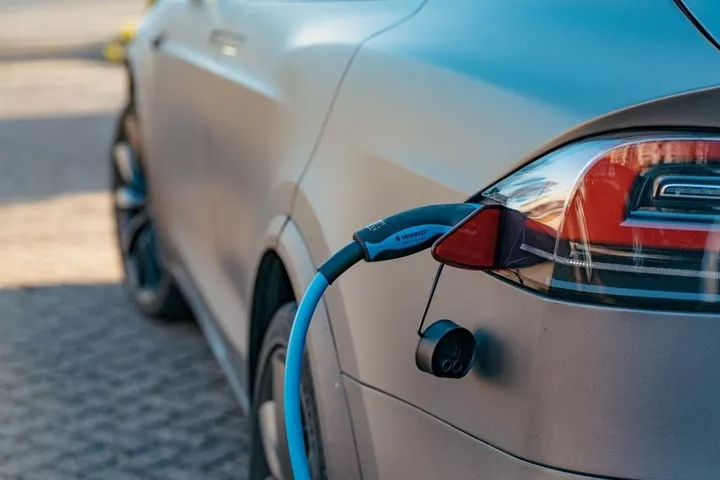
▲ Image from: Unsplash
Now, wireless charging is available for electric vehicles as well. Not long ago, the Israeli company Electreon announced plans to deploy its first public wireless electric vehicle charging road system in the United States. The pilot project will be completed next year in Detroit, Michigan, and is scheduled to be operational by 2023.

▲ Image from: Unsplash
Electreon will work with NextEnergy and Jacobs Engineering Group, among others, to design, evaluate, iterate, test and implement the project. The current plan is to enable dynamic and static wireless charging of electric vehicles on a roadway approximately one mile (~1.6 km) in length.

▲ Image from: TechSpot
Electreon's technology solution includes underground infrastructure, vehicle-side technology and charging management software. There will be an underground network of charging copper coils under the road connected to the energy grid, and the vehicles to be charged will be equipped with receivers.
When the vehicle is located over a road segment, the management unit transmits power from the grid to the road wireless charging coil segment. The vehicle unit then receives wireless energy from the wireless charging coil and transmits it to the vehicle battery, a process that can all be monitored in real time through the cloud-based management software.
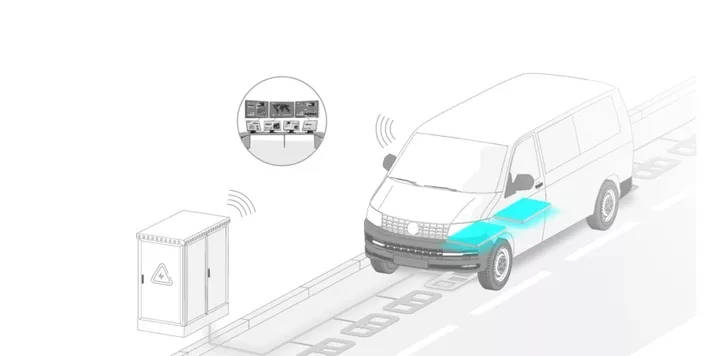
▲Image from: Electreon
The receivers installed on charging vehicles are designed to enable charging while driving, and are actually a safety measure. Because this system does not generate electricity without an active receiver, people and animals crossing the road will not be electrocuted by contact with this section of road.
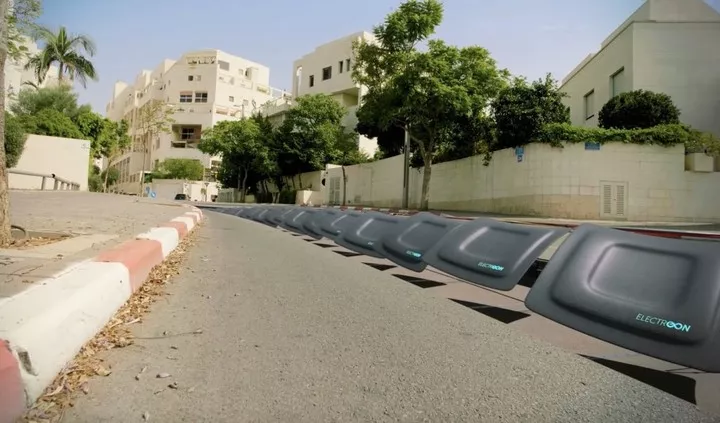
▲Image from: Electreon
In addition, this system from Electreon is modular, with each coil connected individually to the grid, so even if there are potholes in the road, the entire charging system will not be affected.
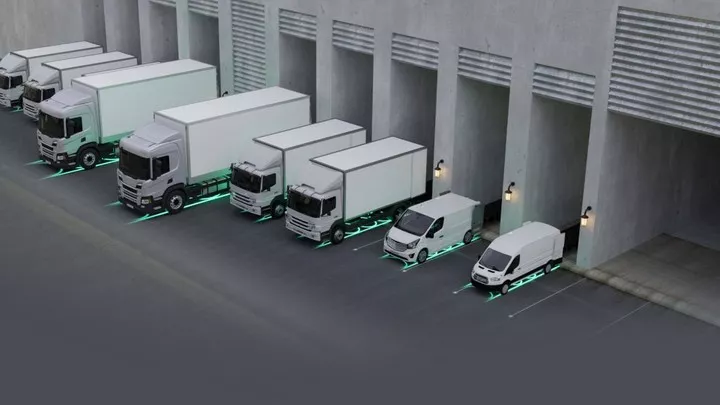
▲Image from: Electreon
Using this system, electric vehicles can be charged in different scenarios. It can be used for static charging in places like bus stops, loading docks and parking lots like many charging stations do today.
It can also charge dynamically on vehicles that travel along everyday routes, such as point-to-point trucks, buses and BRTs; it can also charge semi-dynamically, such as those waiting in line for taxis, slow-moving vehicles at logistics hubs ports and traffic light areas ......
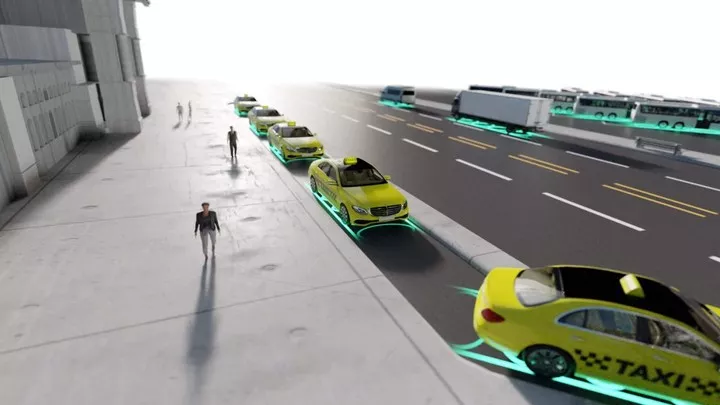
▲Image from: Electreon
Given the way such roads operate and the cost of laying them, it is clearly not practical to replace existing EV charging models with them, but it is a desirable charging option for buses that travel fixed routes.
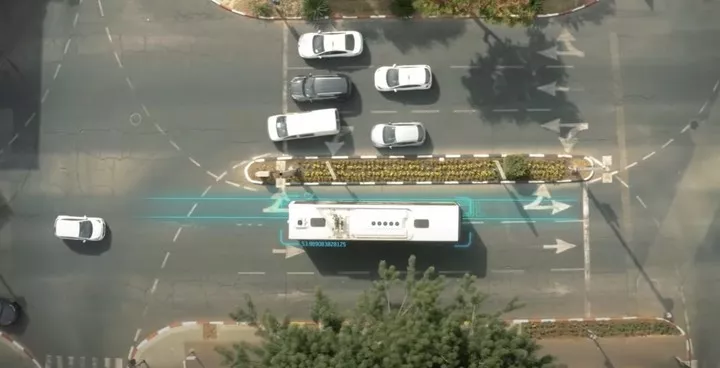
▲ Image from: Electreon
In traffic jams, 'turtle' speed traffic consumes not only time and power, but also the confidence of EV owners in their power. If it's on a road where wireless charging is possible, and the car can charge while waiting and walking, it will at least maximize the drive time for an electric car stuck in traffic before reaching a charging station.